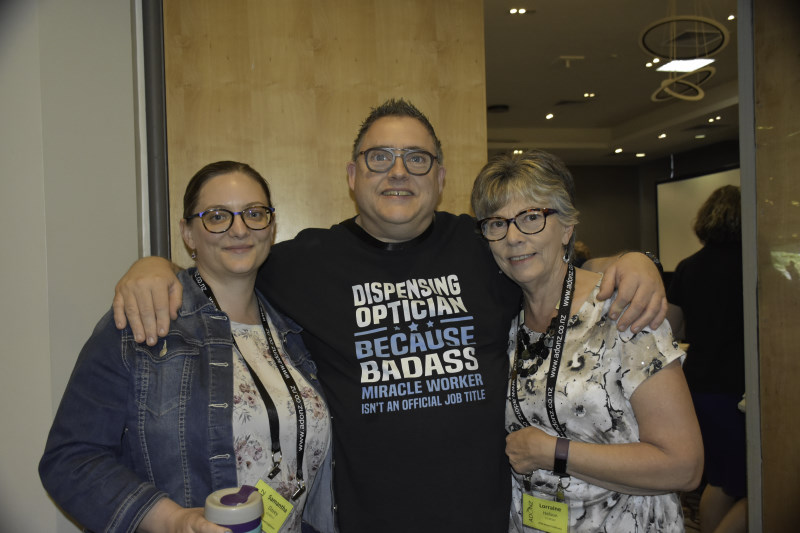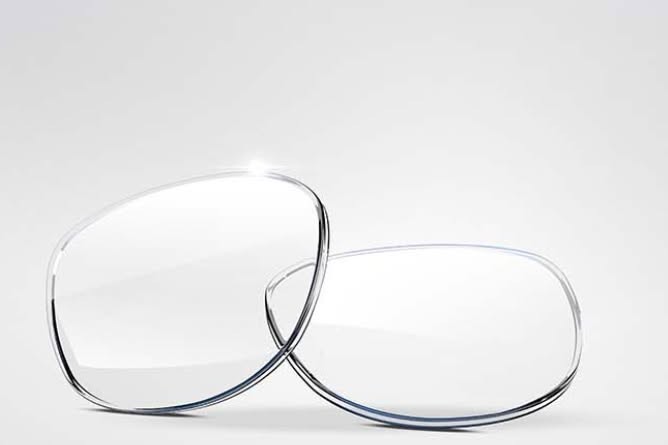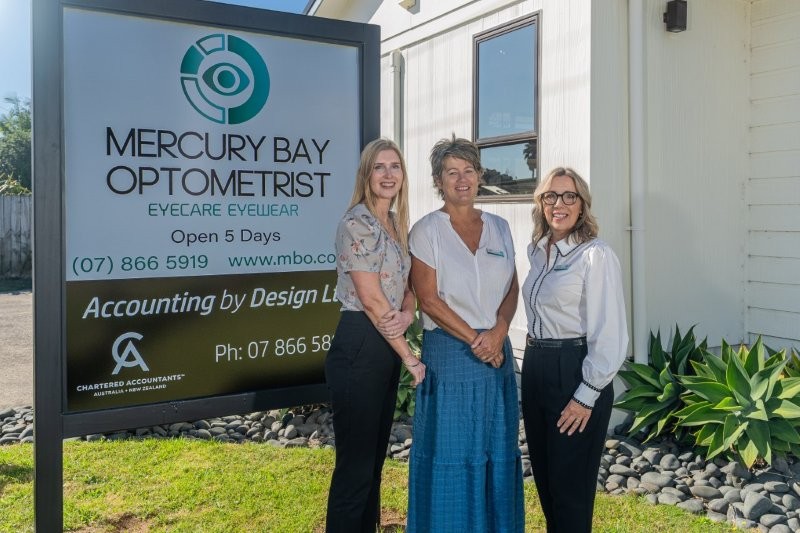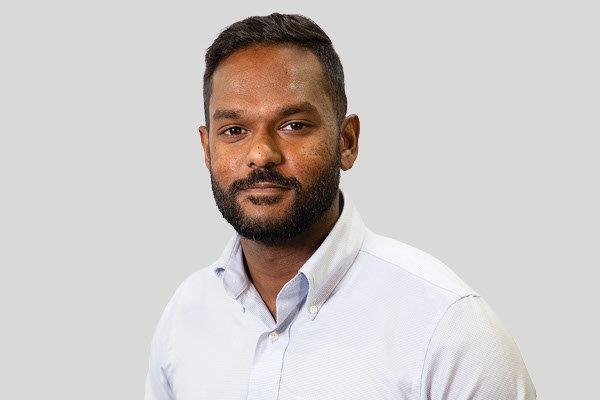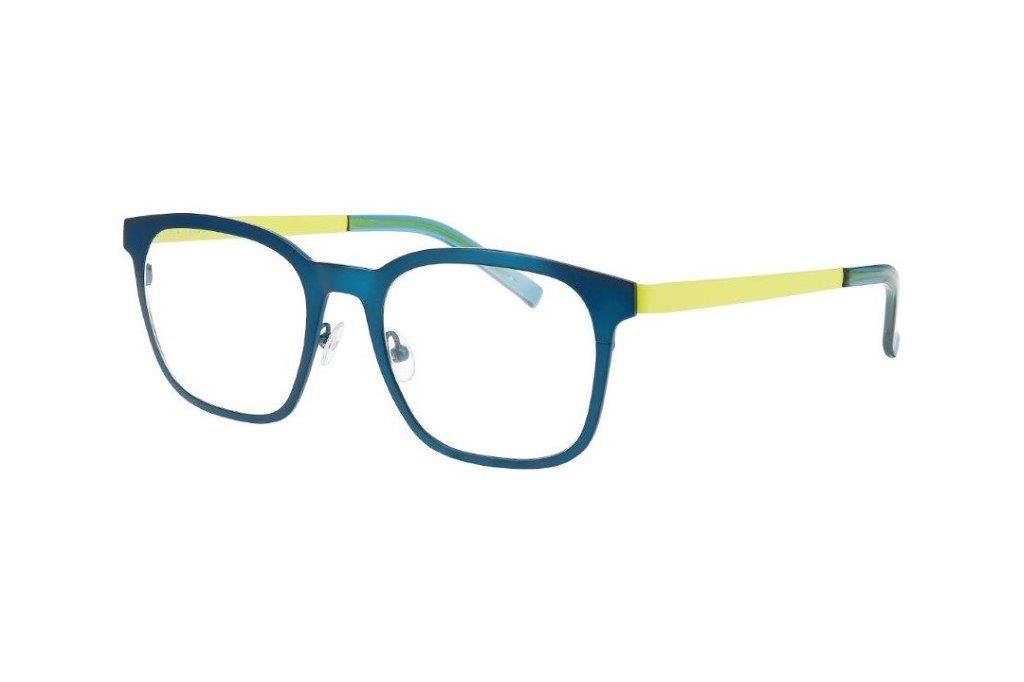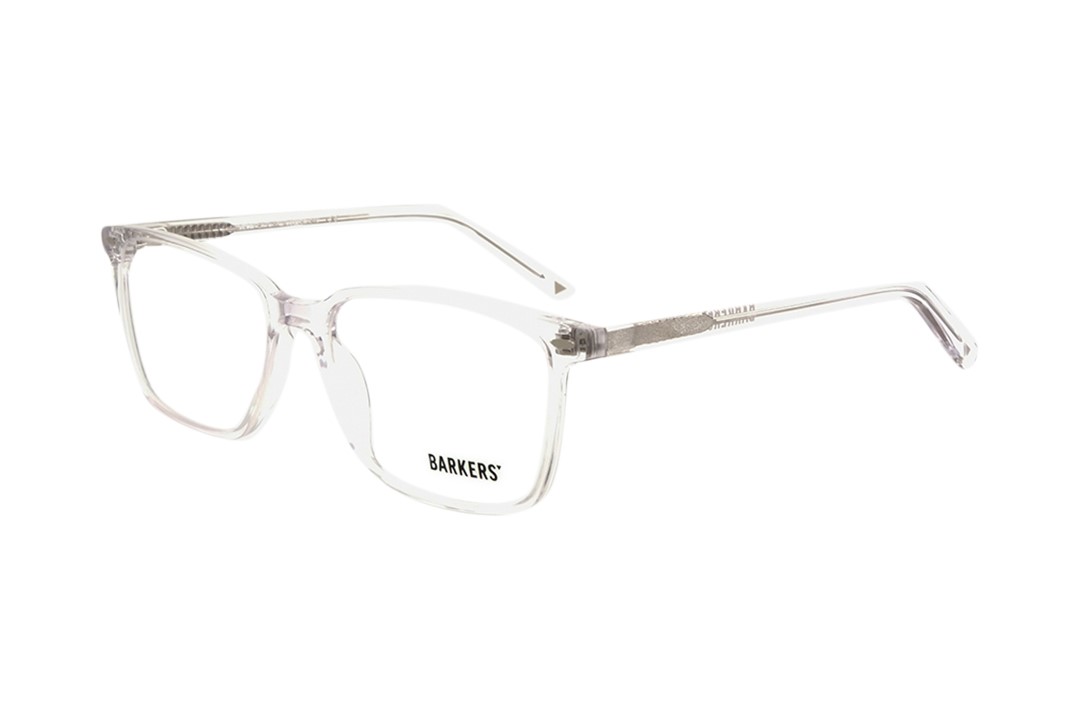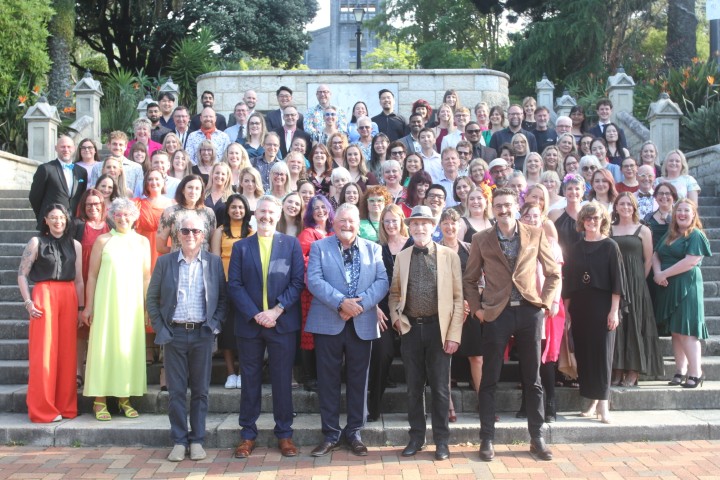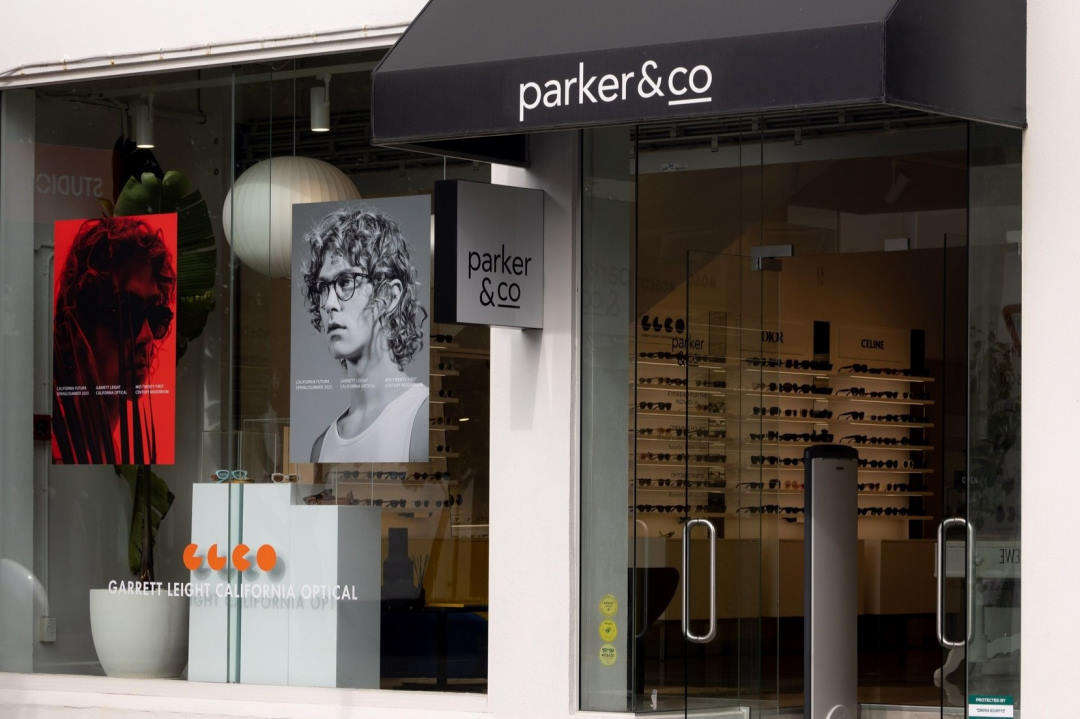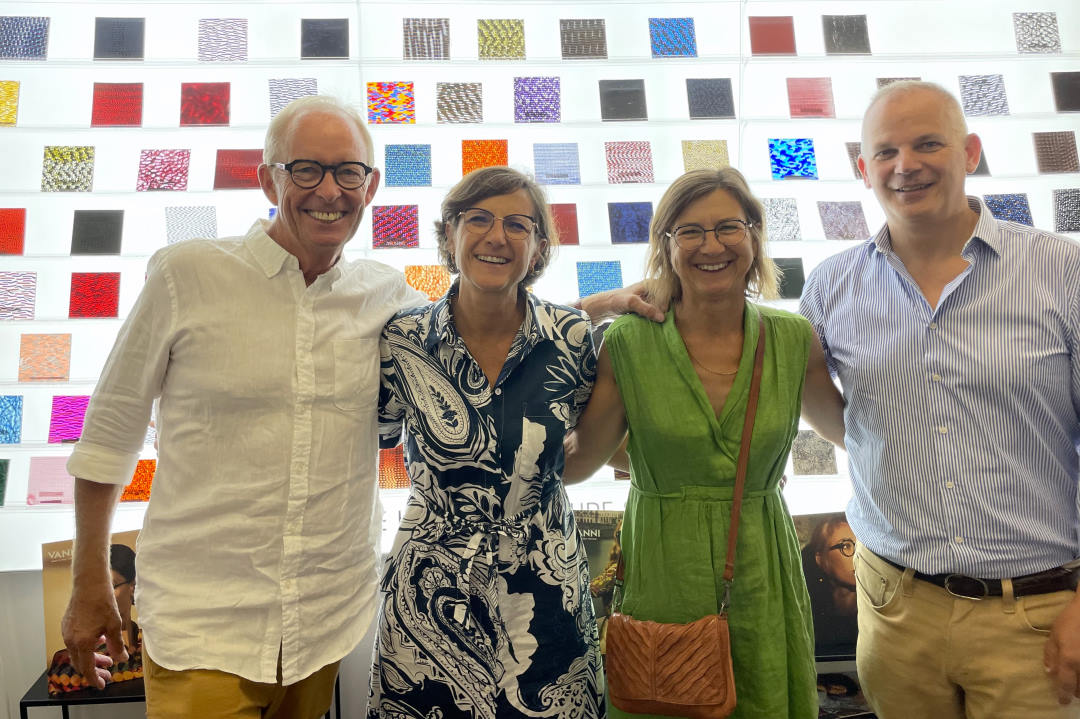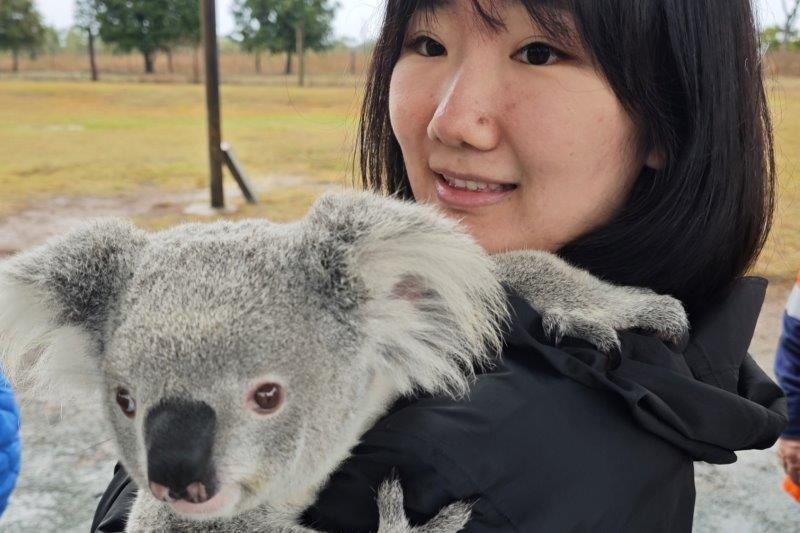ADONZ18: Top tips wrapped with warmth
As always, this year’s Association of Dispensing Opticians New Zealand (ADONZ) was a warm and enjoyable affair with the exhibitors’ room, especially, humming with activity and happy chatter.
Hosted at the Waipuna Lodge in Auckland at the end of October, 137 delegates were treated to yet another varied and educational programme. Special guest Fiona Anderson, president of the International Opticians Association (IOA), made a return visit, running a series of well-attended workshops on frame making and fitting and opening the closing the main educational part of the conference.
Her opening lecture on the Friday morning, Going for gold, highlighted the growing need for sports specific eyewear to correct ametropia and for protection. She discussed a series of case studies designed to help dispensing opticians (DOs) gain the correct information to enable them to provide the best advice and fitting. While her closing session, UV or not UV, looked at traditional and new innovations in lens tints, treatments and coatings, and covered different scenarios and appropriate solutions.
Stephen Caunter, ANZ’s business training manager and public speaker, once again oversaw the education programme, ensuring it was a smooth and entertaining journey, as well as presenting his own amusing take on Getting customers to come back. The key to this is offering patients a compelling reason to stay. Put simply, give people a great experience, he said.
Following ADONZ’s AGM, familiar faces James Gibbins and Chedy Kalach from the Australasian College of Optical Dispensing (ACOD) provided a number of top tips for DOs and practice managers. Gibbins had the audience roaring with laughter demonstrating good and bad frame fitting practices on his business partner. He also discussed the three pillars of successful dispensing: head (theory and science); hands (practical skills); and heart (interpersonal skills). The latter is very hard to teach with no straightforward road to success, he said advising the audience to simply “fake it ‘till you make it”.
Chedy Kalach’s practice management 101 talk highlighted how business planning is key to success and provided some useful models to help structure and analyse your business’ offering, competitive environment and market needs.
Victoria Lessing from the deaf-led, sign language company Merge NZ engaged the audience with a very personal talk (using sign language and interpreters) showing how practices could become better deaf-friendly businesses while sharing her experiences of growing up in New Zealand with very little hearing. A few small things can really help accommodate deaf people in your business, she said, including pamphlets and website information in plain English, using more visual information where possible and perhaps even learning a few signs to make deaf patients feel included and welcome. Lessing recommended booking New Zealand-qualified interpreter when seeing a deaf patient (free to book). The warmth in the room was palpable when ODOB CPD accreditation committee member John Billings said a heartfelt ‘thank you’ to Lessing in sign language.
The next day Glenn Bolton from Independent Lens Specialists shared some great technical advice on how to perform lens thickness calculations. He also demonstrated a new online tool which can be used to more effectively determine the optimum lens material for a job and then visualise it in 3D to help DOs better explain its benefits to patients.
Kristine Hammond, a well-known DO from Auckland University’s School of Optometry and Vision Science, gave a practical and useful talk on the importance of proper record keeping and the ODOB’s DO standards (www.odob.health.nz/standards). She highlighted how failing to comply can impact both the practitioner and the practice with a couple of malpractice cases referred to The Health Practitioners Disciplinary Tribunal (HPDT). Her talk sparked lots of questions on topics such as what qualifies as the proper disposal of records to differences in regulations relating to data protection in different countries.
Orthoptist Carly Henley presented on myopia control and how DOs can help, especially with educating families. Key advice for myopic children is to increase the time they spend outdoors and limiting the use of devices at home. Research has also shown that 0.01% atropine is effective in slowing myopia progression, although at this stage it’s expensive as it has to be made up by just a handful of pharmacists and it’s not funded by Pharmac.
Auckland-based ophthalmologist Dr Trevor Gray then switched focus from the younger end of the population to the older end with a talk about monofocal vs multifocal intra-ocular lenses (IOLs). Due to the laws of physics, there’s no such thing as the perfect IOL, he said, all IOLs come with challenges. Despite a recent surge in multifocal IOLs, including trifocal IOLs and extended depth of focus (EDoF) IOLs, the vast majority of patients still opt for monofocals, he said. Dr Gray also shared an exciting new initiative with the Auckland Regional Charity Hospital (ARCH) for those patients who aren’t considered bad enough for cataract treatment in the public system, despite being about to lose their driver’s licences for example, but can’t afford private care.
After lunch, optometrist Niall McCormack picked up the baton from Carly Henley, diving back into kids’ eyesight in the digital age. Reinforcing the advice given earlier, McCormack said occupational therapists don’t recommend handheld devices at home at all for children under the age of 12, adding that poor posture often related to screen use can cause astigmatism. McCormack also shared his experiences working with concussed children at Hawke’s Bay Hospital and the different treatment options available, including vision therapy, bi-nasal occlusion, photophobia and yoked prisms, the latter under-utilised in this context, he said.
Associate Professor Jennifer Craig shared some of the findings of the revised Tear Film and Ocular Surface Society’s second Dry Eye Workshop (TFOS DEWS II) and her insights into dry eye and how DOs have a role to play in identifying, triaging and offering advice about dry eye in the practice (see http://eyeonoptics.co.nz/articles/archive/tfos-dews-ii-a-year-on/).
Ophthalmologist Dr Adam Watson’s Sunday morning talk, Lumps, bumps and discolorations, focused on sun-related skin lesions and what to look out for. He shared several cases of ‘pre-malignant’ actinic keratosis, squamous cell carcinoma, keratoacanthoma and basal cell carcinoma (BCC), the latter representing 90% of the eyelid malignancies, all of which require treatment. Melanoma represents about 1% of facial malignancies and can typically be identified by their asymmetrical shapes, uneven borders, multiple colours, slightly larger diameters and evolving nature. Dr Watson finished with a benign or malignant quiz and urged DOs to be watchful for suspicious skin lesions and refer if concerned.
No ADONZ conference is complete without a gala night dinner and this one was no exception. After a Saturday full of education and networking, the Waipuna Lodge was transformed into a glittering Las Vegas-themed space, enjoyed by all.










